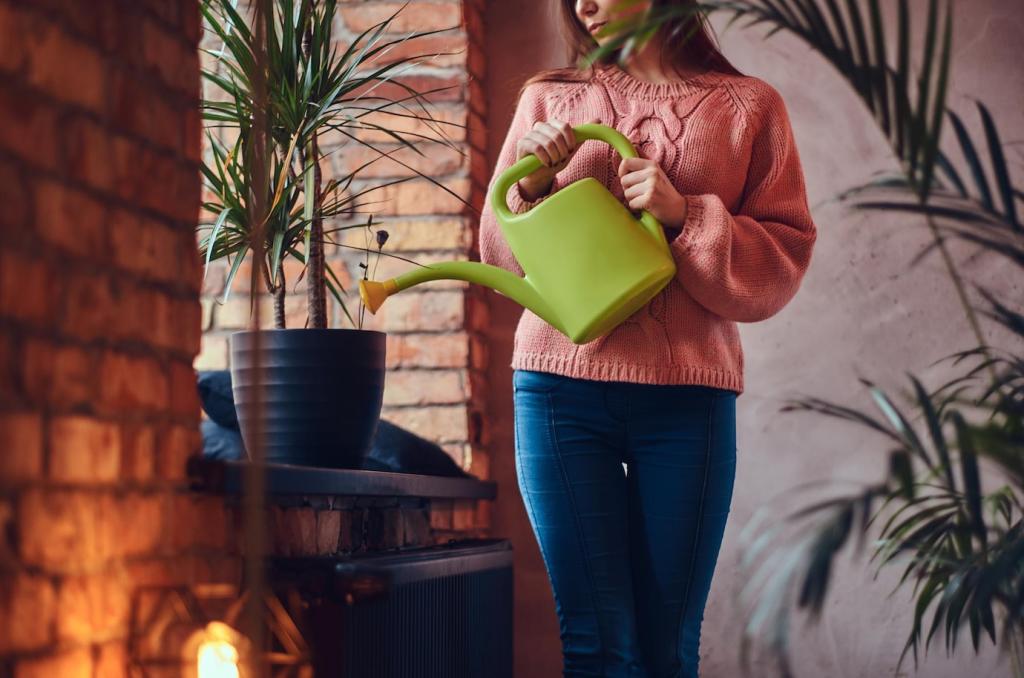Delicate and Hard-to-Reach Surfaces, Solved
Close slats, then run a microfiber glove between two fingers along each blade, flipping direction halfway. For heavy buildup, slightly dampen the cloth and follow with a dry pass. Consistent, gentle pressure keeps dust from scattering. Share your blind material—wood, faux, or aluminum—for tailored advice.
Delicate and Hard-to-Reach Surfaces, Solved
Slip an old pillowcase over each fan blade and pull back to trap dust inside the fabric. For molding, a soft brush on an extension pole guides debris downward to your cloth. No spritzing required. Tell us your ceiling height so we can suggest the right pole length.
Delicate and Hard-to-Reach Surfaces, Solved
Power down screens, then use a dry, anti-static microfiber and a soft brush for ports and vents. Finish with a vacuum’s brush tool to capture loosened particles. Skip sprays near circuitry. Comment with your dustiest device and we’ll offer a targeted, chemical-free mini routine.
Delicate and Hard-to-Reach Surfaces, Solved
Lorem ipsum dolor sit amet, consectetur adipiscing elit. Ut elit tellus, luctus nec ullamcorper mattis, pulvinar dapibus leo.










